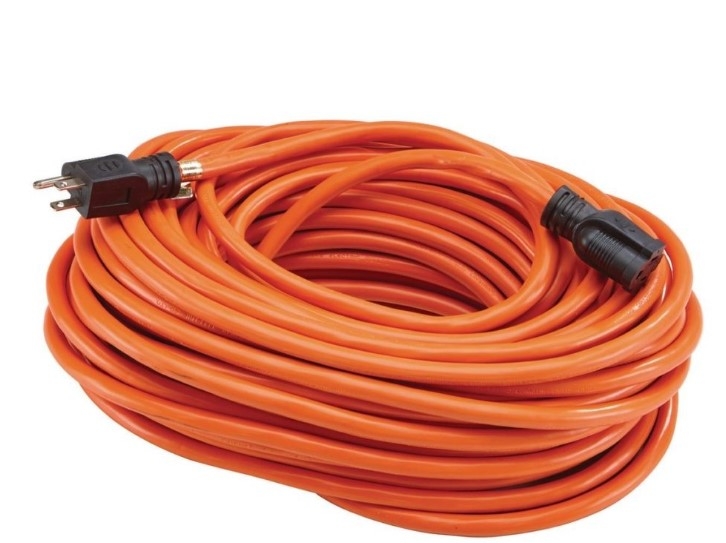The Essential Guide to Tuck Pointing: Techniques and Benefits

Tuck pointing is a technique used in masonry that involves filling in the gaps between bricks or stones with a thin strip of mortar. This process not only adds a decorative touch to the structure but also serves a functional purpose in maintaining the integrity of the masonry work. In this section, we will discuss the techniques involved in tuck pointing and the benefits it offers to buildings.
One of the key steps in tuck pointing is to remove the old, deteriorated mortar from the joints between the bricks or stones. This can be done using a chisel and hammer, being careful not to damage the surrounding masonry. Once the old mortar has been removed, the joints are cleaned out to ensure a solid bond with the new mortar.
The next step is to prepare the new mortar mixture. The mortar should be mixed to a consistency that is easy to work with but not too runny. A tuck pointing trowel is then used to press the mortar into the joints, filling them completely. Excess mortar is scraped away, leaving a clean, flush finish that matches the surrounding masonry.
Tuck pointing can be done in a variety of styles, depending on the desired look of the building. Some common styles include concave, flush, and weatherstruck tuck pointing. Each style has its own unique appearance and requires different techniques to achieve.
One of the major benefits of Tuck Point is its ability to improve the structural integrity of the building. By filling in the gaps between bricks or stones, tuck pointing helps to prevent water from seeping into the masonry and causing damage. This can help to prolong the life of the building and reduce the need for costly repairs down the line.
In addition to its practical benefits, tuck pointing also offers aesthetic advantages. A well-executed tuck pointing job can enhance the appearance of a building, giving it a clean, uniform look. This can be especially important for historical buildings or architectural landmarks where maintaining the original aesthetic is crucial.
Another benefit of tuck pointing is its ability to increase the value of a property. Buildings that have been tuck pointed are often seen as more desirable to buyers, as they are perceived to be well-maintained and structurally sound. This can be a selling point for homeowners looking to increase the resale value of their property.
Overall, tuck pointing is a valuable technique that offers both practical and aesthetic benefits to buildings. By filling in the gaps between bricks or stones, tuck pointing helps to improve the structural integrity of the masonry work and enhance the appearance of the building. Whether you are looking to maintain a historical landmark or simply improve the curb appeal of your home, tuck pointing is a technique worth considering.
- Industry
- Art
- Causes
- Crafts
- Dance
- Drinks
- Film
- Fitness
- Food
- Oyunlar
- Gardening
- Health
- Home
- Literature
- Music
- Networking
- Other
- Party
- Religion
- Shopping
- Sports
- Theater
- Wellness
- News


